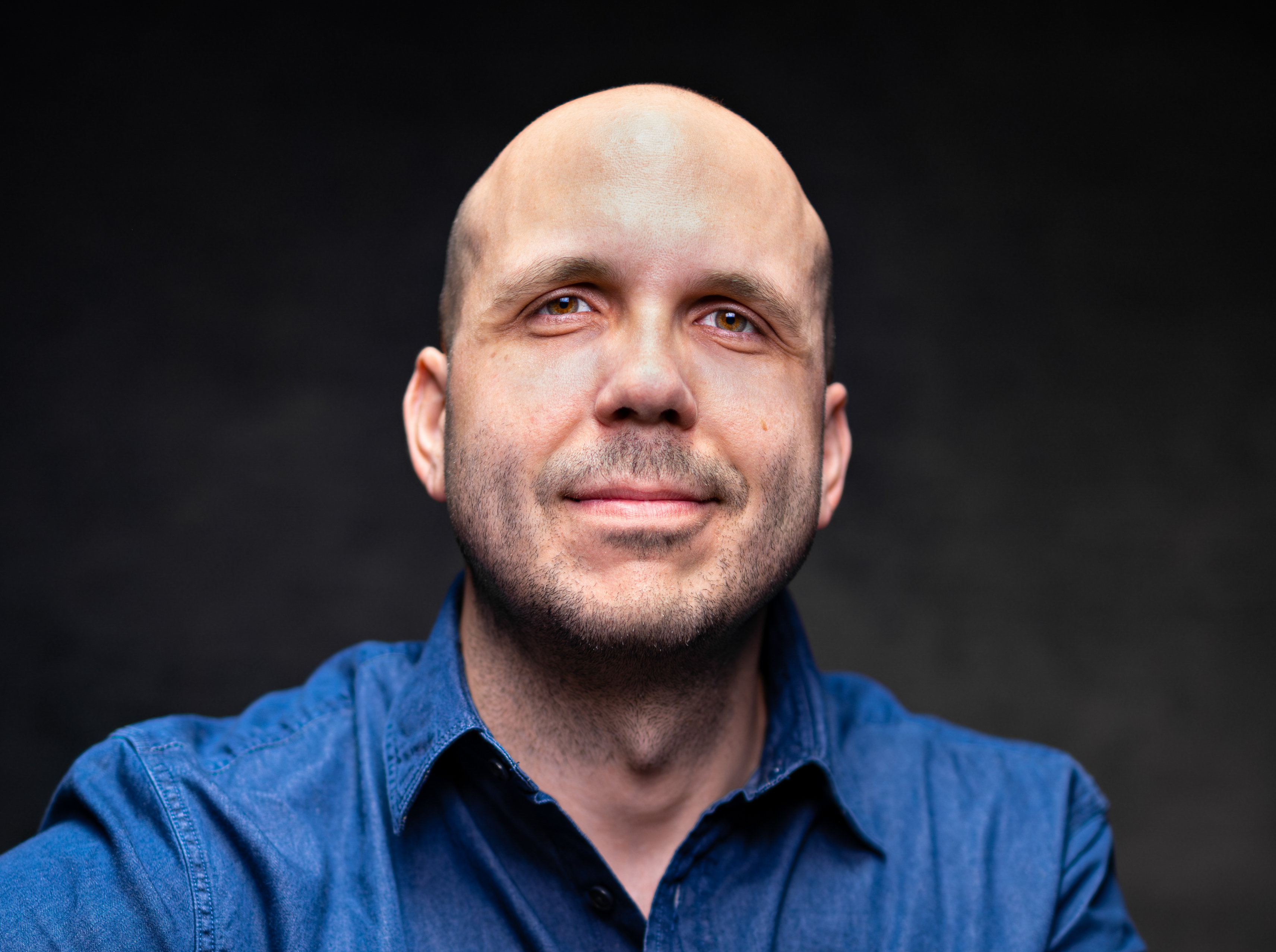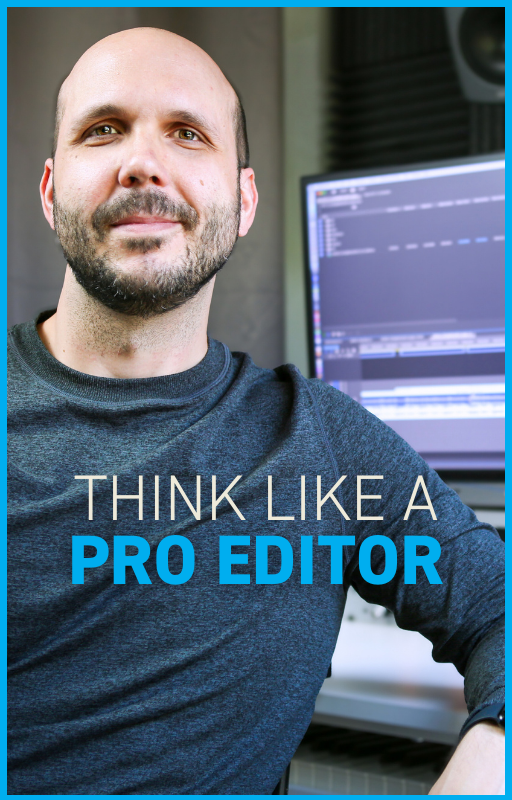10 Editing Secrets You'll Wish You Knew Earlier (Featuring Scott Rice)
Mar 30, 2025In the world of video editing, the journey from rough cut to polished product is often far from straightforward. It’s a process filled with trial and error, feedback, and countless revisions. Yet, those who embrace this reality can craft truly remarkable work. Below are ten editing secrets you will wish you knew sooner.
Power of the Paper Edit
Editing away from the computer can be a game-changer for filmmakers, offering a sense of creative freedom that’s hard to replicate when sitting in front of editing software. One powerful method is the paper edit—essentially brainstorming and planning edits on paper (or a digital canvas) rather than directly in the software.
When you're at the computer, there’s often a pressure to execute and produce results immediately. But with a paper edit, it’s more about exploring ideas without the need to finalize anything. It’s theoretical and exploratory, which can make the creative process much more fluid. You’re not bogged down by technical details, like adjusting frames or syncing sound. Instead, you’re thinking broadly, focusing on structure and flow.
Know Your Footage
Knowing your footage intimately is a crucial yet often overlooked editing skill. Early in my career, I didn’t fully grasp its importance, but I’ve learned that the better I know the footage, the more creative, efficient, and effective my edits become. In the past, linear editing naturally ingrained the material into memory, but with non-linear systems, it’s easy to skim through. To stay intentional, I organize my timeline into a stringout and watch it like a movie, allowing the footage to wash over me before diving into technical edits. On the second pass, I mark standout moments and make notes. Spending time on set has also deepened my appreciation for the production process, reminding me that investing time upfront to know the footage pays off in better edits and smoother collaboration.
Watch Last Takes First
Starting with the last take first when reviewing a stringout might seem counterintuitive, but it often makes sense because the final takes tend to be stronger—by that point, the director has usually refined their vision, and the actors, having received direction, often deliver their best performances. While it’s not a strict rule—sometimes directors do a bonus or safety take after capturing something they like—the last take typically gives a clearer sense of the director’s intent, and technical elements like lighting and camera movement are usually more polished. Early takes can feel like rehearsals, with adjustments still being made, whereas later takes reflect a more cohesive result. Though not every editor works this way, it’s an interesting method worth exploring.
Separate Visual and Audio Takes
One of the most valuable lessons I've learned as an experienced editor is the importance of separating visual and audio takes. I make notes on my favorite visual takes—moments when the director of photography nailed the camera move or when the actors were visually authentic—while also noting the best audio takes, knowing I often combine audio from one take with visuals from another. It might surprise newer editors how frequently this happens, but blending takes to create a cohesive and believable scene is a hallmark of professional editing.
Use Split Screens
Split screens are an incredible tool in the world of editing, almost like a magic trick. It brings back that classic cinematic magic where you can seamlessly combine performances from different takes, provided the camera remains static. When editing non-linearly, you have more control and can create these little "magic tricks" that make a scene work better. For instance, if one take features a perfect performance from one actor and another take features a perfect performance from another actor, a simple split screen down the middle can merge the best of both worlds. While some editing purists might shy away from techniques like this, it's essential to use whatever is in your toolbox to make the final product as good as possible. The split screen technique is simple but effective, and it’s especially valuable for comedic timing.
The Rough Cut Reality
No matter how skilled an editor may be, the first version of a cut is rarely perfect. In fact, it’s expected to be rough and unrefined. Just like a first draft of a script, the initial edit often lacks finesse. The important part is to make it clear enough that the client can see its potential. It’s all about showing where the project is headed rather than delivering a flawless final product.
Sound Design and Rough Cuts
One of the biggest pitfalls during the rough cut stage is poor audio. A rough cut with audio issues—pops, inconsistent levels, or harsh transitions—can make the entire piece feel unpolished. Since audio plays a significant role in the viewer's perception, even a rough cut should include a decent sound design pass. This doesn’t mean perfection, but it does mean minimizing distractions that could make the client lose confidence in the project’s direction.
The Importance of a Good First Impression
When presenting a rough cut, it’s crucial to maintain a certain level of polish. Even if the video isn’t final, it should still feel cohesive and thoughtfully crafted. The reality is that clients can quickly lose faith if the cut appears too unfinished. Once that trust erodes, they may start micromanaging, offering overly prescriptive notes that can stifle creativity. Instead of making thoughtful, creative decisions, the editor ends up just executing a list of fixes. This can derail the project and ultimately lead to a less creative final product.
Quality Control Matters
A practical tip for maintaining quality control is to avoid making final exports when you’re tired or frustrated. Instead, approach the export process with a clear mind, imagining yourself in the client’s position. It’s helpful to watch the export in the same format and setting as the client, whether that’s on Frame.io or another platform. Taking the time to spot small issues (like a frame of black or a mismatched audio transition) before sending the cut can prevent unnecessary rounds of feedback.
Trust the Iterative Process
Editing is inherently a process of refinement. Even seasoned editors know that getting to a finished product takes time and effort. An edit might go through dozens of versions before it reaches a place where the story really clicks. Younger editors often underestimate the number of revisions needed, but experienced professionals understand that persistence is key. Sometimes, a project might seem finished, but taking those extra steps can elevate it from good to great.
Happy editing!

Austen is an ADDY award-winning film & commercial editor with over 20 years of experience. He has worked with global brands like Meta, KPMG, SAP, and Christianity Today. His PSA work has championed causes like school safety (with Matthew McConaughey), driving safety, and anti-tobacco. A thought leader in the editing field, his online lessons quickly amassed over 100K views after launch.

